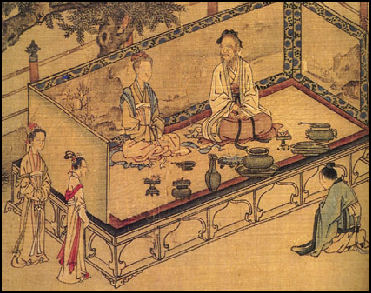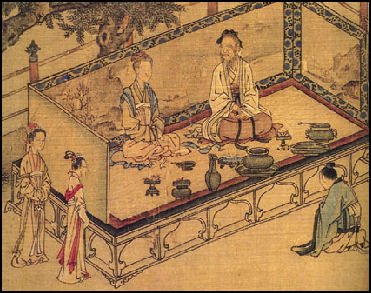Chinese people divided themselves into different social structures according to many different factors like occupation and habitation. They did not have the concept of caste but believed segregation on the basis of class. Scholars during Confucius studied the Ancient Chinese Social structure of Ancient China and divided the Chinese people into various groups of classes.
Ancient Chinese Social Classe
She was the first group which constituted of classes of the scholars. It is also called the gentry of scholars. In 1046-256 BC the legal scholar who was also called Confucians were considered to be a highly elite class.
They belonged to the Fengjian Social Structure. The Gentry of scholars were highly respectable people as the availability of knowledge in itself was limited and these people were highly knowledgeable aristocrats according to their times.

The second most important class of people was that of the peasants who ran the economy of China and since agriculture was extremely important in Ancient China, therefore, their status in China was just nest to the gentry of scholars.
The peasant class was also known as Nong and were not just the breadwinners of the people of China who produced food but were also revenue earners in the country. They were highly respectable landholders.
The third important class of people was the craftsmen and artisans who were the backbone of the famous art, architecture and technological inventions in China. They were also called Gong and also represented labor.
In most cases, they were not landowners however helped in production, and also at times formed their own enterprises or were self-employed with the help of the government.
The last class of people in Ancient China Social Classes were the merchants and traders who were the backbone of the active trading system in Ancient China. The credit of the fruitful use of the Silk Route can be given to the traders and merchants of Ancient China.
Though they were very important yet their social esteem was low compared to the other three classes because they did not contribute to the production system.
The four classes did not have much of legal impact or a substantial impact on the government, however, became an integral part of the social structure of Ancient China as a country.
